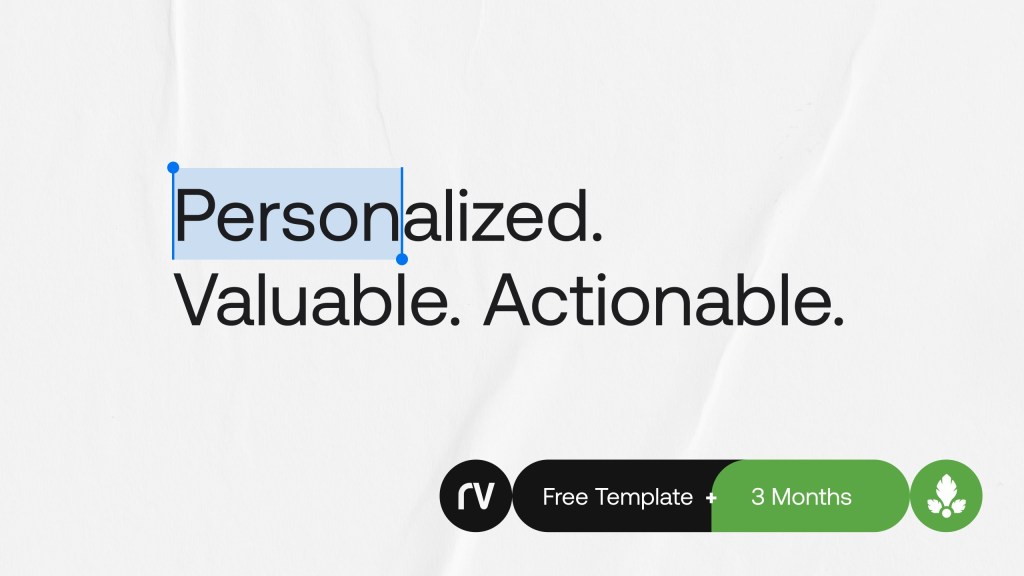Reduce, reuse, recycle. It’s been pounded into our heads with a sustainably-made hammer for decades. You may think you have this environmentally-conscious thing down. You plant trees. You love the glow of energy-efficient light bulbs. You’ve banned single-use water bottles. Well done! These are good things. We know we can shake our fists at the oil and gas industries for contributing to carbon emissions. But did you know that websites have a carbon footprint? And yours might not be so green?
The internet currently produces approximately 3.8% of global carbon emissions.1 That’s as much as the entire aviation industry, globally.2 As we continue toward an even more digital world, this number will only rise. But we don’t have to resign to a future where websites are bad for the environment. The first step is awareness: websites contribute to the health of the planet. Next up: how can you reduce the carbon footprint of your website without compromising on content? Read on to see how a website can please both the planet and your people.
What contributes to the carbon footprint of a website?
Every time you use your phone or computer, a little bit of carbon dioxide is released into the atmosphere. Energy is required to power the wireless networks, data centers and servers responsible for transferring information over the web. This little bit adds up when you consider the billions of users who are Tik-Toking, gaming and Googling on the daily. Additionally, each design choice on a website uses more or less energy. The more pomp and circumstance on a website—like images, animation, video, customization, yada yada yada—the more energy is required to power the site. Everything, from search to email to cryptocurrency, has a price to the planet, and the choices we make on our devices have an impact. Fortunately big companies like Google, Microsoft and others are aware and have been taking action to reduce their footprint, which at their scale is a game-changer. More good news? You can assess your website and make it more energy efficient, too.
How can you find out the carbon footprint of your website?
Created by Wholegrain Digital and hosted using renewable energy, this free online tool is available to inspire and educate people to create a zero carbon internet. Plug in your URL to get your website’s carbon footprint reading. To get their calculation, they measure the data transferred over the wire when a web page is loaded, and multiply that by the energy usage data available.3 They make adjustments for repeat visitors who may have website assets cached on their devices to get a more accurate analysis. If you’re proud of your rating you can even add a badge to the footer of your website and continue raising awareness for the possibility of a greener internet.
How can you make your website more sustainable?
So let’s say your website’s rating isn’t great news for the planet. What can you do? Fortunately, small, thoughtful design changes can add up to big changes for your carbon footprint—without losing the wow-factor of your website. Whenever we at Rareview create a site, we strive for an 80% or higher rating for carbon emissions. To do this we’ve learned a few tips and tricks that don’t compromise on style. Here are some areas where you can take action:
Hosting: There are companies out there that are on a mission to create a more sustainable future. Switching your site’s hosting to servers that run on renewable energy is estimated to reduce your carbon emissions by approximately 10%.4 Choose a data center that is local to the majority of your users to reduce energy travel, and make sure the company has a positive energy rating. Find a partner committed to making the same changes you are to help the planet.
Design: Everything you choose to include on your site, from imagery to video, should speak to your brand and push your business forward. If it doesn’t do those two things, then leave it out. It’s not worth the (literal) energy needed to power it. Too many messages and too many images require more energy to load, so keep your site simple with what’s needed. If using images, video or audio, use efficient file formats and compress them whenever possible. Opting for standard, lightweight fonts will also use less power. Prioritizing UI/UX and optimizing for SEO will help your site run more efficiently. Information should be easy to find on your site. When your content is clear, not only is it better for the environment, it also results in a better experience for your users.
Code: Make sure code is clean on the back-end. Well-written and efficient code results in less load time. Also the programming language matters. For example, JavaScript uses more file weight and processing.5 C, C++ and Java consume the least energy, so opt for those whenever possible.6 Also consider using server caching technology to reduce the amount of information sent each time a user visits a web page.
If you want to dive deeper, here’s a great resource for sustainable web design.
It can be a surprise to think that the “paperless” internet still has a carbon footprint. The impact is real, even if we can’t feel it. It’s an exciting time to take action for a greener world.
When it comes to websites, the choice to create a more energy efficient one goes hand-in-hand with creating a better experience for users. Sites load faster. They cost less to operate. They look better and deliver information more efficiently. When you create a greener site, not only is the planet happy about it—your users will be too.
Resources:
- Sustainable Web Design. (n.d.). What is sustainable web design?
- BBC. (5 March 2020). Why your internet habits are not as clean as you think
- Website Carbon Calculator. (n.d.). The original Website Carbon calculator
- Climate Action.Tech. (28 January 2021). How we improved our Website Carbon Calculator score from 59% to 84%
- Wholegrain Digital. (23 October 2019). 17 ways to make your website more energy efficient
- Medium. (2 December 2021). What Are the Greenest Programming Languages?




